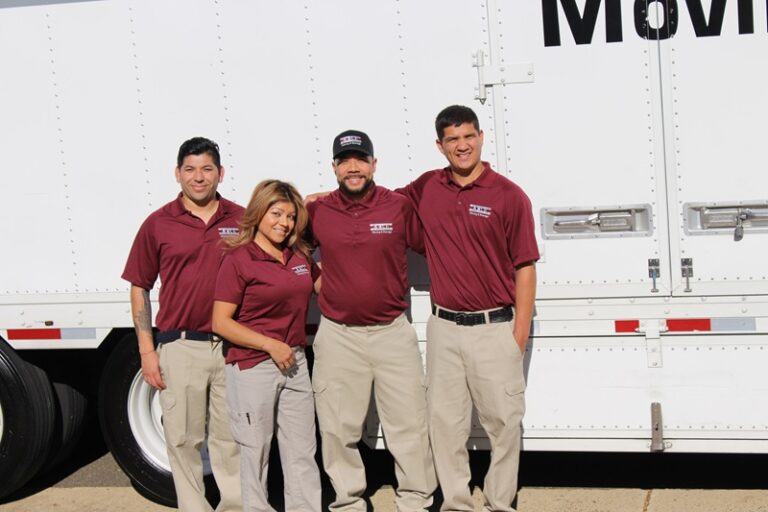By Susan Mackey
Moving is a big task for anyone, but it requires special planning when you’re moving an elderly loved one into a new home. Here are some tips on the five areas to set up first on the big day.
If you have the luxury of time before the move, use a floor plan or template of the new space to decide where larger pieces of furniture will go. This will help you determine what to bring and what needs to go. It may help to take pictures of rooms in the current home to help you arrange items in the new place.
When packing, label boxes by room. This will help make the unpacking process easier. Pack a suitcase with several days of essentials, including changes of clothes, toiletries, and any medications. You can unpack this first so your senior has the necessities right from the start.
1. Bedroom
Gather bedding and make the bed(s). Unpack clothes, letting your loved one know which items are going where. Make sure the space has good lighting and that the bed is near an outlet or phone jack (if applicable). Keep the floor free of clutter (cords, clothes, rugs, etc.) so there’s no risk of tripping. Grab-rails next to the bed or handrails attached to the frame can help with getting in and out of bed. A nightlight will make it easier to get to the bathroom without having to turn on the lights.
2. Bathroom
As with the bedroom, make sure the bathroom has plenty of lighting. Keep the floor clutter-free, and use nonslip pads to help prevent falls. Avoid raised bath mats and make sure any mats or bath rugs grip the floor. Install grab-bars by the tub and toilet, and consider a raised toilet seat. Make sure essential items are within easy reach (a shower caddy for soap and shampoo.) Place toiletries in plain view on the bathroom counter and medicines within reach on the counter or in a cabinet. A nightlight is also a must in the bathroom.
3. Living Room/Den
The trick to this room is, well, room, and plenty of it. Take care not to have too much furniture, so there is enough space for walkers and wheelchairs. Arrange the furniture to allow for ample walkways through the room. Avoid moveable items like rolling chairs, lightweight furniture, or unsteady table lamps. Minimize the distance between electronics and outlets, so cords aren’t an issue. If this isn’t possible, use electrical tape to secure cords along the wall.
4. Kitchen
Make sure items in the kitchen are within easy reach, especially the items your loved one will use the most. Leave any out-of-reach cabinets empty, and place heavier pots and pans as close to waist level as possible. Bright lighting is also helpful, especially over the stove and countertops. Make sure the kitchen has a working smoke detector, preferably one that sounds for both smoke and flames. Consider placing a nonskid mat by the sink to soak up spills.
5. Exterior
Doorways should be at least 36 inches wide to allow for wheelchairs or walkers. If this isn’t possible, consider offset hinges. They allow doors to swing completely free of the frame, adding extra inches of clearance. Install automatic lights at the main entrance and replace doorknobs with lever handles if possible.
Create an outdoor area for your senior to enjoy while the move is in progress. An attractive and tidy lawn and garden can be a peaceful escape from the hectic activity of the move. It’s also a great way to encourage them to garden and get outside more often! Be sure to put some automatic solar lights outside to illuminate walkways and deter potential intruders.
Once your loved one settles in, check in often to make sure he or she is adjusting well and feeling comfortable. These tips can make the transition process easier on everyone involved, one room at a time.

